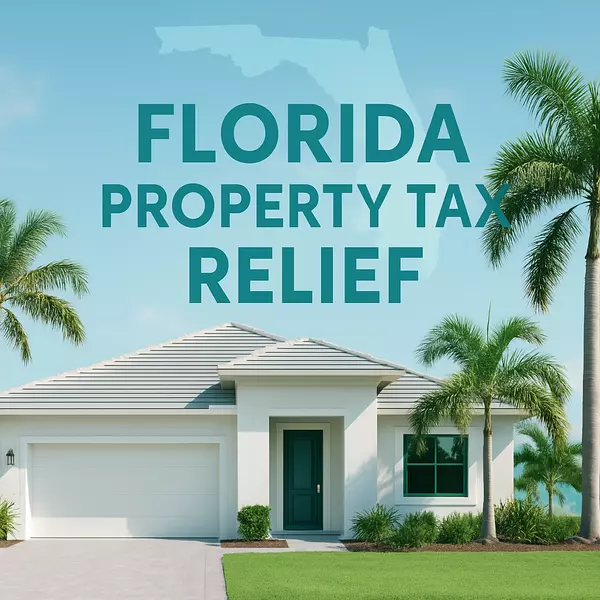Unexpected Surge in Home Construction in November
In a surprising turn of events, new single-family home construction experienced a significant surge in November, driven by a combination of robust demand and lower interest rates. The National Association of Home Builders (NAHB) recently released data that sheds light on this unexpected boost in the housing market.
Strong Growth in Housing Starts
According to a report from the U.S. Department of Housing and Urban Development and the U.S. Census Bureau, overall housing starts increased by an impressive 14.8% in November. This surge brought the seasonally adjusted annual rate of housing starts to 1.56 million units. This figure represents the number of housing units that builders would initiate if the current pace were to continue for the next 12 months.
Single-Family Housing Starts Leading the Way
Within this overall number, single-family housing starts showed remarkable growth, increasing by 18% to reach a seasonally adjusted annual rate of 1.14 million units. Despite this surge, single-family starts are down by 7.2% year-to-date. In contrast, the multifamily sector, which includes apartment buildings and condominiums, also experienced growth, rising by 6.9% to an annualized pace of 417,000 units.
Factors Behind the Surge
The unexpected surge in new home construction can be attributed to two key factors: lower interest rates and a shortage of resale inventory. The combination of these factors has spurred a wave of homebuilding activity, meeting the strong demand for housing.
Challenges Persist
Despite the positive growth, home builders continue to face challenges in the form of elevated construction and regulatory costs. Alicia Huey, NAHB Chairman, noted that while the increase in housing starts aligns with the latest builder survey, which reflects a rise in builder sentiment and future sales expectations, builders are still grappling with the costs associated with their projects.
Future Projections
NAHB Chief Economist Robert Dietz believes that while the single-family housing starts figure is currently remarkably strong, it may undergo revisions or see a slight dip in the coming months. Nonetheless, he forecasts a potential 4% gain in single-family starts in 2024. This expected growth is based on the assumption that mortgage rates will settle lower, economic growth will slow down, and inflation will decrease.
Regional Trends
On a regional and year-to-date basis, the combined single-family and multifamily starts have seen variations. The Northeast saw a decline of 16.7%, the Midwest a decline of 12.3%, the South a decline of 6.2%, and the West a decline of 14.3%.
Permit Data
In addition to housing starts, permit data also showed some interesting trends. Overall permits decreased by 2.5% to a 1.46 million unit annualized rate in November. Single-family permits, however, increased slightly by 0.7% to a rate of 976,000 units. Nevertheless, single-family permits are down by 8.4% year-to-date. Multifamily permits decreased by 8.5% to an annualized pace of 484,000 units.
When examining regional permit data on a year-to-date basis, permits are lower across the board, with declines of 19.9% in the Northeast, 15.3% in the Midwest, 10.3% in the South, and 12.8% in the West.
In conclusion, the unexpected surge in home construction in November highlights the resilience of the housing market in the face of various challenges. Lower interest rates and a lack of resale inventory have spurred this growth, though builders remain cautious about rising construction and regulatory costs. As we move forward, the housing market's trajectory will continue to be influenced by economic factors, making it a space to watch closely in the coming months.
Categories
Recent Posts










